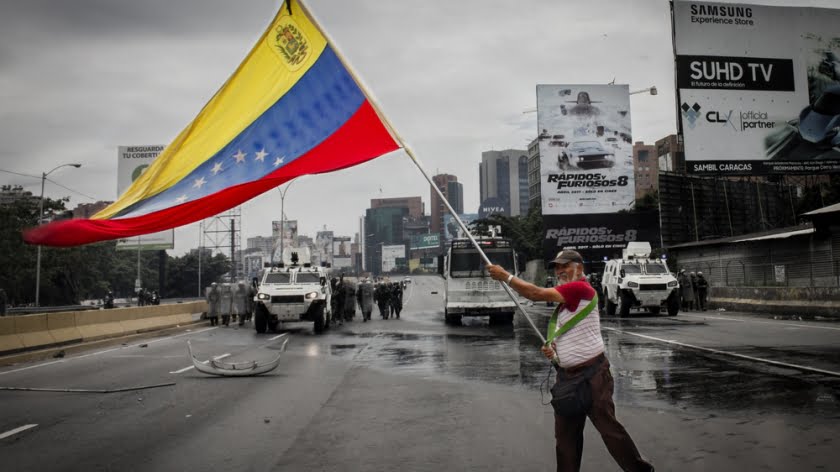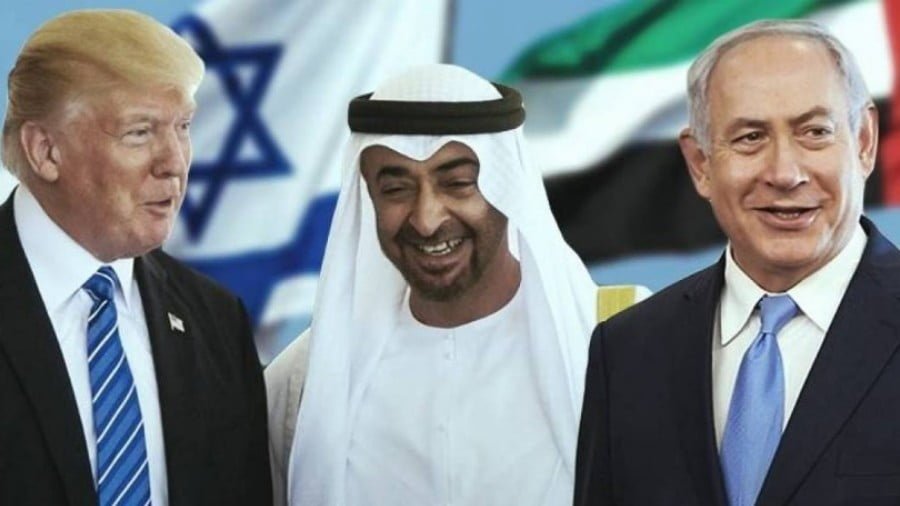India’s Freaking Out Over China’s “BRICS-Plus” Proposal
Chinese Foreign Minister Wang Yi announced on Wednesday that China would “explore modalities for BRICS-plus, to hold outreach dialogues with other major developing countries” because “we hope to establish extensive partnerships and widen our circle of friends to turn it into the most impactful platform for South-South cooperation.”
This instantly prompted a jingoistic paroxysm in the Indian media and “academia” communities, with the country’s yellow press giving prominent space to an over-hyped ‘expert’ who anxiously fear mongered that: “India would be the worst affected among BRICS partners. After expansion, the organization would lose its focus and coherence on development issues and become more like a political platform for China… China may invite pro-Beijing countries like Pakistan, Sri Lanka and Mexico to join… China may be trying to turn BRICS into a China centric organization along the lines of Shanghai Cooperation Organization.”
Instead of being jealously fearful of China’s economic-strategic outreaches to other countries, especially those which could be conducted multilaterally through the BRICS format, India should embrace Beijing’s model of peaceful development and win-win investments. The fact that it isn’t, however, is a very worrying sign and confirms what the author forecasted last year about how “India Is Now A US Ally” which could lead to it eventually “Break Up The BRICS”.
It’s evident that the government-aligned Mainstream Media in India is already building up the narrative for justifying the country’s forthcoming further disengagement from BRICS under the implied auspices that it’s becoming “China-centric”, which would play into the US’ hands by exacerbating the already fraught Chinese-Indian relationship and contributing to mutually disadvantageous internecine rivalry in the emerging Multipolar World Order.
I wrote more about the specifics of how the US is using India as its cat’s paw for dividing the Multipolar Community in a series of articles that I linked to in my 2017 forecast for South Asia for the Moscow-based Katehon think tank, so the reader can reference them if they’re interested in learning more about this topic. In this article, however, I plan to continue with a few points about why China’s “BRICS-Plus” model would be a blessing for the non-Western world and how it actually follows in the footsteps of what the Chief Economist at Russia’s Eurasian Development Bank earlier suggested.
Mr. Yaroslav Lissovolik wrote an intriguing proposal early last month for the prestigious Valdai Club expert portal in which he urged the bloc to prioritize the creation of two complementary ‘circles’ which he termed “BRICS+” and “BRICS ++”. The first one, he said, should include regional integration organizations which are partnered with the BRICS countries, specifically the ones in which BRICS member states are the core. He listed off Russia’s Eurasian Union (EAU), China’s Shanghai Cooperation Organization (SCO), India’s South Asian Association for Regional Cooperation (SAARC), South Africa’s Southern African Development Community (SADC), and Brazil’s Mercosur as examples for what he meant.
Here’s how these five BRICS+ trade blocs appear on the world map:

As can be seen, Kazakhstan and Kyrgyzstan jointly belong to the EAU and SCO, while India and Pakistan are members of both the SCO and SAARC.
Taking his framework a step further, Lissovolik recommended that the second circle of BRICS++ be comprised of “countries and/or regional blocks that have concluded agreements with BRICS countries’ regional blocks”, as this “not only broadens the possibilities for integration, but also improves their optionality as each country can vary integration within the network and render it more piecemeal and gradual.” If implemented, then the combination of both BRICS circles would essentially encompass most of the global economy due to the indirect involvement of the US, EU, and ASEAN. Lissovolik is basically implying that the BRICS platform can be broadened in order to set the basis for free trade all across the world.
As the reader is aware, this is only a theoretical outlook which has a very slim of ever fully happening in practice amidst this era of “New Populism” and internally oriented Western societies, but it could very well see some stunning success in the multipolar corners of the non-Western world, which is what China’s BRICS-Plus proposal seems to be focusing on in reference to South-South cooperation. It should be reminded at this point that China has already been supporting non-Western economies through its One Belt One Road (OBOR) global vision of New Silk Roads and accompanying Chinese model of globalization, but that Beijing has now decided to bring the rest of its BRICS partners on board with it in this transformative worldwide project.
Therein lies the problem, however, since India is adamantly opposed to OBOR on the stubborn principle that its flagship China-Pakistan Economic Corridor (CPEC) project passes through the Pakistani regions of Azad Kashmir and Gilgit-Baltistan, which New Delhi claims is “occupied” Indian territory per its unflinching maximalist approach to the Kashmir conflict. This explains why it’s been waging the Hybrid War on CPEC, which has recently prompted Pakistan to respond with cross-border shelling against the Afghan-based terrorists which Islamabad believes are receiving covert support from India’s Research & Analysis Wing (RAW) intelligence service.
The whole point in referencing all of this is because it demonstrates the high level of sensitivity that India attaches to all OBOR projects, and is why New Delhi is now becoming suspicious of BRICS ever since China hinted that the organization could cooperate with OBOR through the new format of BRICS-Plus. India’s worst nightmare is that Russia could use China’s proposal as a ‘cover’ for finally achieving the creative justification that it’s been searching for to indirectly participate in CPEC, thereby allowing Moscow to sidestep New Delhi’s concerns that the project violates its “sovereignty” by plausibly pleading that it’s just one infrastructural part of BRICS’ worldwide infrastructural investment network and nothing to get too upset about.
Given the unprecedentedly rapid pro-Western trajectory of the ruling Indian elites, it’s extremely doubtful that they’ll accept any such case which Russia might make in regards to working with CPEC via the BRICS-Plus platform, let alone would New Delhi even cooperate on any aspects of this proposal in general. India rightly assess that China’s BRICS-Plus and Russia’s two BRICS circle proposals (BRICS +/++) are really all about infrastructural connectivity through OBOR, whether they openly say so or not, and that’s why its decision makers and strategists are extremely hesitant to agree to any part of them because of their obsession over CPEC, which transits across what they ridiculously claim is their “sovereign (Greater) Kashmiri territory” inside what are Pakistan’s internationally recognized borders.
It would be very unfortunate if India refuses to participate in the Chinese-led BRICS-Plus framework and begins to de-facto disengage from the organization as a whole in response, but whether the country ultimately goes along with it or not, New Delhi is powerless to stop the spread of New Silk Roads all across the world no matter how many Hybrid Wars it wages at the US’ behest.
India will just ultimately end up being left out of the emerging Multipolar World Order just like its new Western allies which also are blind to the new paradigm of win-win cooperation and stuck on the adversarial New Cold War thinking of “zero-sum” outcomes. Nevertheless, it can be expected that Russia will certainly back its Chinese partner in Beijing’s newest multilateral and multipolar global initiative, and it’ll be New Delhi’s (American-influenced) prerogative whether or not this harms the Russian-Indian Strategic Partnership or alternatively presents an opportunity for strengthening it.
By Andrew Korybko
Source: Regional Rapport








Reblogged this on Floating-voter.